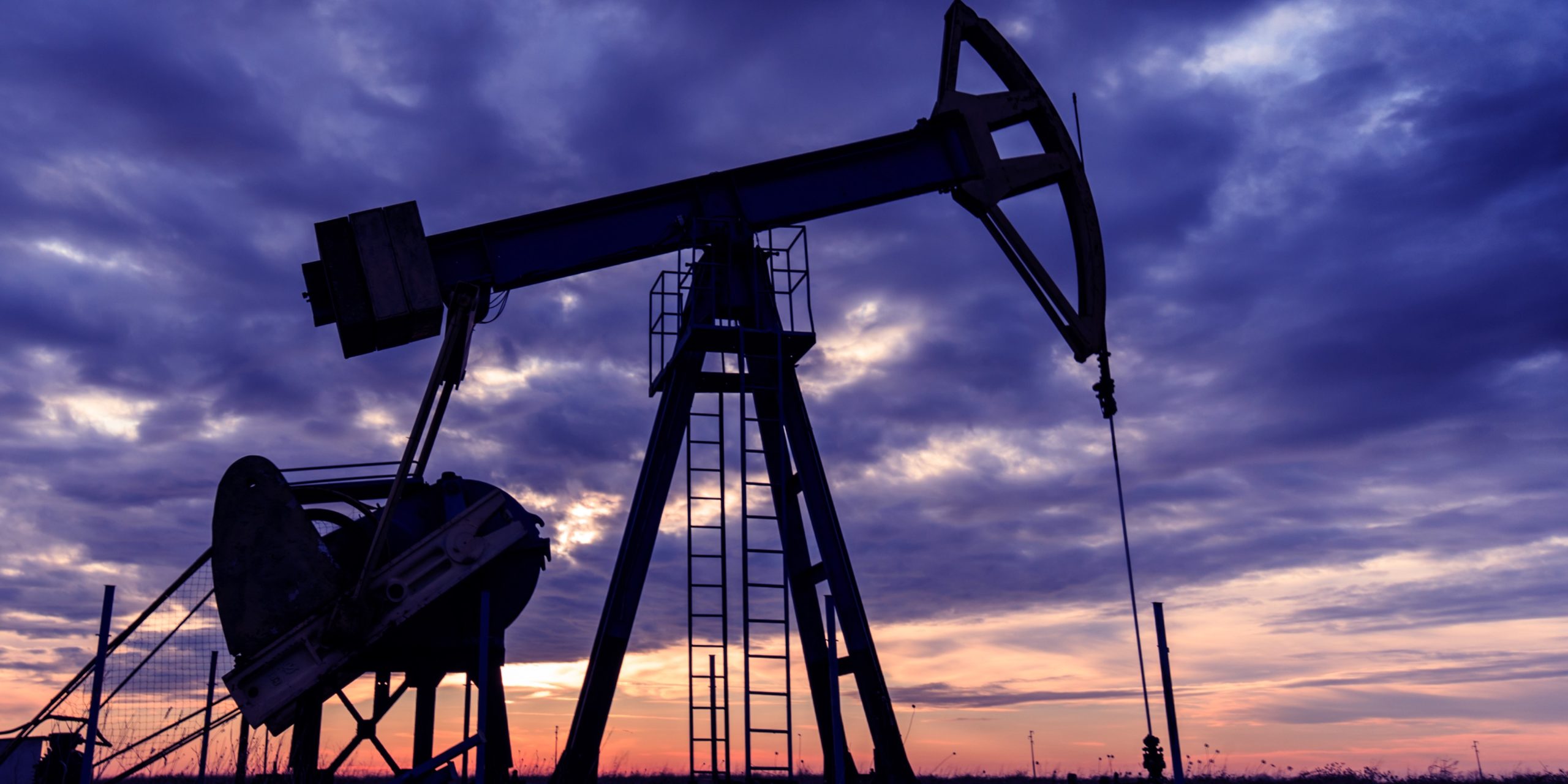S&P Global Platts has announced that commencing October 1, it will launch the first ever daily carbon offset premiums alongside monthly carbon intensity calculations for 14 major crude fields around the world.
The marginal carbon intensity (CI) calculations for different oil fields will help producers, investors, shareholders and downstream purchasers better understand the emission attributes of the crude where over time the carbon intensity of the production process can become its own attribute of the crude itself, like the density of the crude and how much sulphur is included.
Increased scrutiny of the upstream carbon intensity associated with the production of fossil fuels has led to investors, consumers and producers looking to reduce their carbon footprint or emissions, which has resulted in a growing demand for “low-carbon crude”.
Calculating the carbon intensity of different commodities has become one of the ways the market has started to measure greenhouse gas (GHG) emissions from specific types of production. Oil produced with a lower amount of GHG emissions has a lower carbon intensity than crudes produced with higher emissions. In turn, crudes that are produced with a higher volume of GHG emissions have a higher carbon intensity. Hence high CI crudes will carry a greater carbon intensity premium and require a greater volume of voluntary carbon credits to offset emissions than crudes with a lower CI.
Deb Ryan, head of low carbon market analytics at S&P Global Platts, said: “Oil and gas will remain part of the energy mix for decades to come. In order for the world to meet ambitious emissions reduction targets, a premium value needs to be associated with the lowest carbon intensity oil and gas assets as these fossil fuels continue to play a role in the overall energy mix.
“By launching carbon intensity values and price premiums, Platts is bringing much needed transparency into the market. Awareness of carbon intensity values – while working in tandem with carbon markets, both voluntary and compliance-based, will accelerate investments into projects that will reduce or avoid greenhouse gas emissions for the future.”
From October 1, Platts will begin publishing monthly assessments of crude oil field carbon intensity in kilograms of carbon dioxide equivalent per barrel of oil equivalent (kgCO2e/boe); monthly assessments of transportation carbon intensity along one relevant route per crude in kilograms of carbon dioxide equivalent per barrel (KgCO2e/b); and daily assessments in $/boe and $/b respectively using the daily Platts Carbon Removal Credit (CRC) voluntary carbon credit assessment.
For more information visit www.spglobal.com/platts/en














